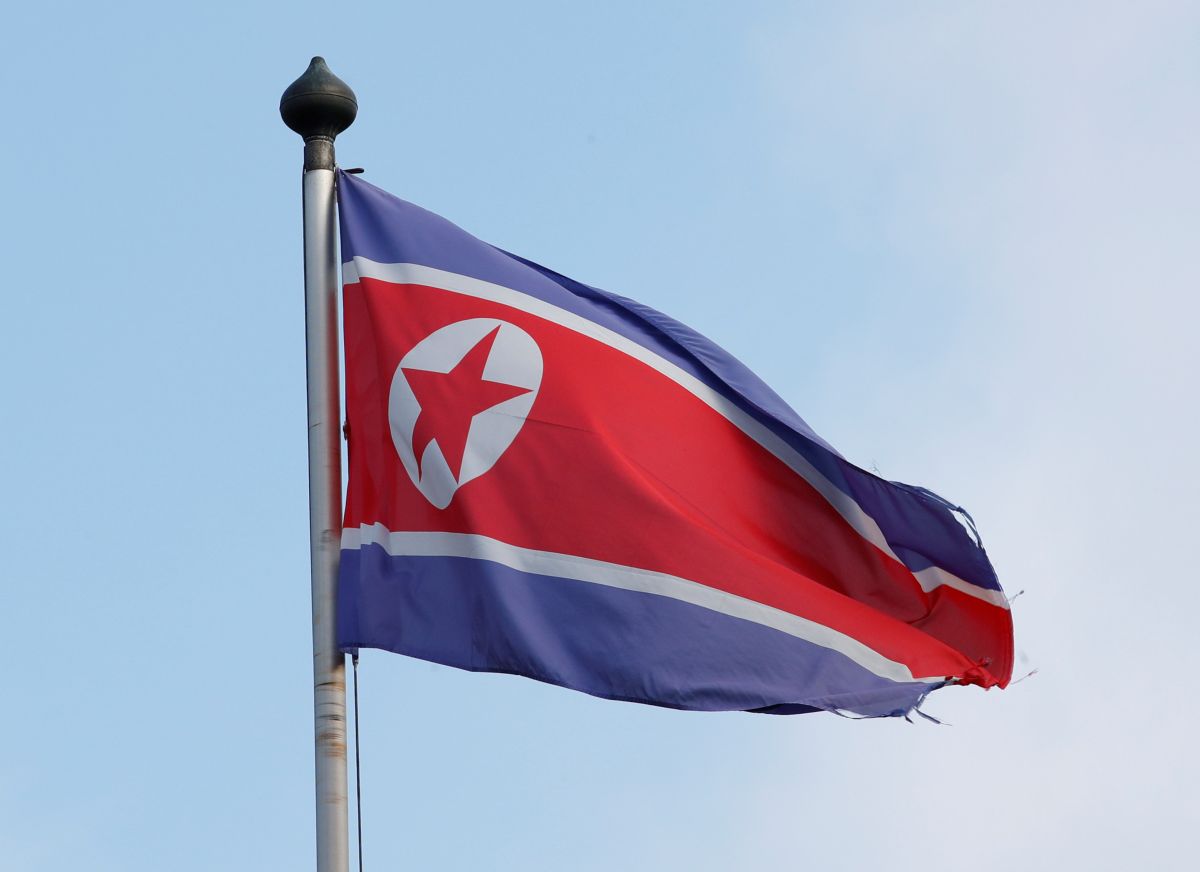
North Korea fired the missile a week after U.S. President Donald Trump put North Korea back on a U.S list of countries that Washington says support terrorism, Reuters said.
The designation allows the United States to impose more sanctions, although some experts said it risked inflaming tensions on the Korean Peninsula.
Read alsoU.S. puts North Korea back on terrorism sponsors list – DW
North Korea has conducted dozens of ballistic missile tests under its leader, Kim Jong Un, in defiance of U.N. sanctions. Trump has vowed not to let North Korea develop nuclear missiles that can hit the mainland United States.
Of the latest test missile, Trump told reporters at the White House: "It is a situation that we will handle."
Trump said the launch did not change his administration's approach to North Korea, which has included new curbs to hurt trade between China and North Korea, which it sees as important to deterring Pyongyang from its ambition to develop a nuclear-tipped missile capable of hitting the United States.
Washington has said repeatedly that all options, including military ones, are on the table in dealing with North Korea, but that it prefers a peaceful solution by Pyongyang agreeing to give up its weapons programs.
"Diplomatic options remain viable and open, for now. The United States remains committed to finding a peaceful path to denuclearization and to ending belligerent actions by North Korea," U.S. Secretary of State Rex Tillerson said.
Read alsoS. Korea imposes sanctions on 18 North Koreans, a day before Trump visit – mediaOther than carrying out existing U.N. sanctions, "the international community must take additional measures to enhance maritime security, including the right to interdict maritime traffic" traveling to North Korea, Tillerson said in a statement.
The United States and Japan said the early Wednesday launch appeared to be an ICBM.
Pentagon spokesman Col. Robert Manning said the Pentagon's initial assessment was that an ICBM was launched from Sain Ni in North Korea and traveled about 1,000 km before splashing down in the Sea of Japan. The missile did not pose a threat to the United States its territories or allies, the Pentagon said.
U.S. Defense Secretary Jim Mattis said the ICBM went "higher frankly than any previous shot they've taken".
Japan's government estimated that the missile flew for about 50 minutes and landed in the sea in Japan's exclusive economic zone, Japanese broadcaster NHK said. A North Korean missile on August 29 was airborne for 14 minutes over Japan.
Japanese Defense Minister Itsunori Onodera said the missile reached an estimated altitude of 4,000 kilometers (2,485 miles) and broke up before landing in Japan's exclusive economic zone. He said it was judged to be ICBM class given its lofted trajectory.
"We will not give in to provocative acts and will increase pressure to the highest level," Japanese Prime Minister Shinzo Abe told reporters.
The United States and Japan have asked for a United Nations Security Council meeting on Wednesday over the test, diplomats said.
South Korea's Joint Chiefs of Staff said the missile was fired from Pyongsong, a city in South Pyongan Province, at around 1817 GMT over the sea between South Korea and Japan. The South Korean military said the missile had an altitude of around 4,500 km (2,800 miles) and flew 960 km (600 miles).
Minutes after the North fired the missile, South Korea's military conducted a missile-firing test in response, the South Korean military said.
A U.S. intelligence official said the initial indication was that the engine was not significantly more powerful than the Hwasong 14 which Pyongyang tested in July.
The Hwasong-14 is a two-stage ICBM North Korea tested twice in July. South Korean and U.S. officials and defense experts have said the Hwasong-14 may have a range of about 10,000 km (6,200 miles) and could possibly strike many parts of the United States, but not the East Coast.
After firing missiles at a rate of about two or three a month since April, North Korea paused its missile launches in September, after it fired a missile that passed over Japan's northern Hokkaido island on September 15.
Last week, North Korea denounced Trump's decision to relist it as a state sponsor of terrorism, calling it a "serious provocation and violent infringement."
A U.S. government source familiar with official reporting and analyses said the U.S. assessment was that the launch was the latest in a well-calculated and serious series of tests to develop and perfect North Korea missile systems rather than any response to Trump.

